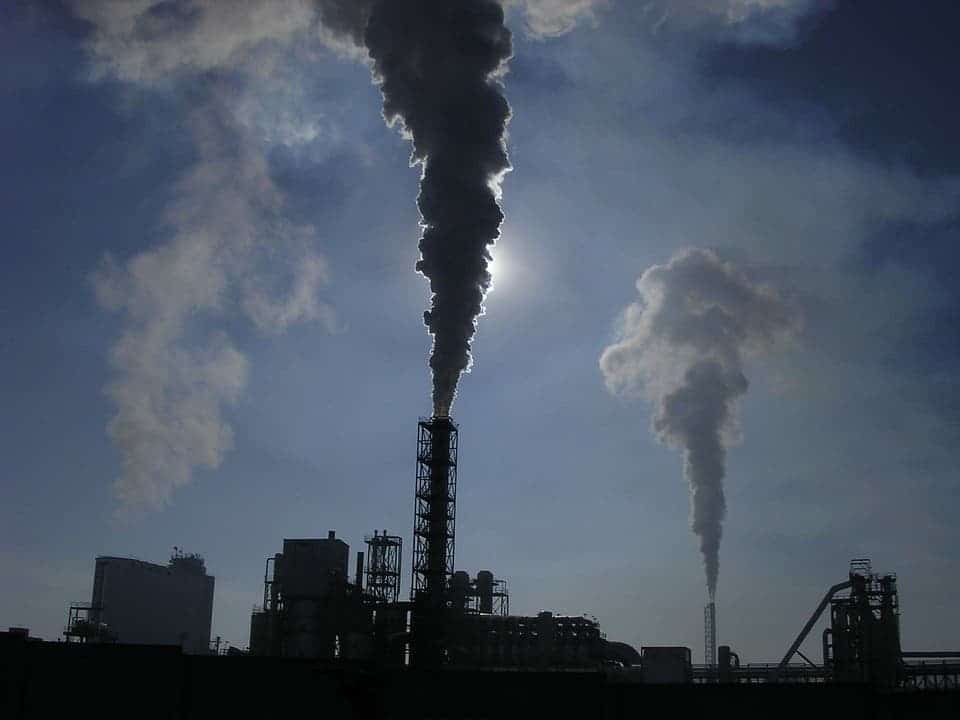
The changing climate is a popular topic all over the world. Whether people choose to acknowledge that the climate is changing or not, there are major shifts happening because of human behavior and decisions. If we’re not making conscious choices to put an end to emissions, we’re only making the problem worse.
As part of its duty to help reduce the number of emissions, California has decided to extend its cap and trade program. This program focuses on reducing greenhouse gases. However, while the bill means well, it may have some environmental risks associated with it.
What Is California’s Cap and Trade Bill?
California’s cap and trade bill, known as Assembly Bill 398, is unlike any other bill in the country. With this piece of legislation, California requires companies to purchase permits if they’re going to release greenhouse gas emissions. However, it is the only state that has introduced a bill like this.
With the bill in place, California allows for a certain amount of permits that can be distributed throughout the state. If a company will be releasing greenhouse gas emissions, it must apply for a permit or purchase one in an auction. This limits the number of companies that can release greenhouse gas emissions, taking more control over pollution within the state.
The bill has already been in place for five years. However, it was set to expire in 2020. Recently, California has voted to extend this bill for another 10 years. Now that the bill has been extended, it will not expire until 2030.
Although the bill received bipartisan support, it may not be all it is cracked up to be. While the bill aims to lower greenhouse gas emissions to improve the environment, it may actually have some environmental risks attached.
Environmental Risks of California’s Cap and Trade Bill
This cap and trade bill has helped California reduce its greenhouse gas emissions. However, many feel it hasn’t done enough to really make a big difference. Because time is so important when it comes to fighting climate change, stronger protections need to be put in place immediately.
Although it does put minimal protections against the amount of greenhouse gases that can be emitted into the air in California, it is still created with the interests of businesses first — not the environment. There simply aren’t enough crackdowns on these companies to make a sizeable impact on climate change.
The bill also gives these companies a loophole so they don’t need to change their practices. Rather than forcing businesses to adopt cleaner processes and procedures, they can simply pay their way to keep the same greenhouse gas-emitting plans they’ve been following. While the fee can prevent smaller businesses without the budget from practicing poor habits, it does little to stop major companies that have the money to spend.
California’s cap and trade bill also benefits companies by giving them a tax break through the bill. Even if the company does not practice clean procedures, it may be able to get a tax break. This encourages businesses to continue making poor choices and hurting the environment.
The bill also stops local air districts from enforcing regulations on the amount of carbon dioxide emissions for companies under the cap and trade. Not only can this be dangerous for the community, but it also allows companies to bypass systems put in place by the local system. In addition, it puts restrictions on the California Air Resources Board, or ARB. This may slow the push for smart, clean practices by businesses.
Overall, it seems that the bill doesn’t put the environment first. Instead, it considers some ways to encourage businesses to use cleaner processes without truly forcing them to make smarter decisions. With the environment still on the backburner, changes will be too small and too slow.
Fighting Climate Change
It will always be difficult to make both the environment and businesses happy. When companies are trying to get the most bang for their buck, they will be less inclined to make environmentally friendly changes. However, proper education is the first step in getting everyone on board with fighting climate change.
When it comes to making big changes to reduce pollution and greenhouse gas emissions, we need to start putting the environment first — not big business. If we stop trying to accommodate business owners and their bottom lines, we can put the health of the world first and see benefits more quickly.
While California’s cap and trade bill may not be the best solution to reducing gas emissions, it is doing more than the other states. If other states can get on board with legislation like this, we can start to see at least some positive change in the state of our climate.


